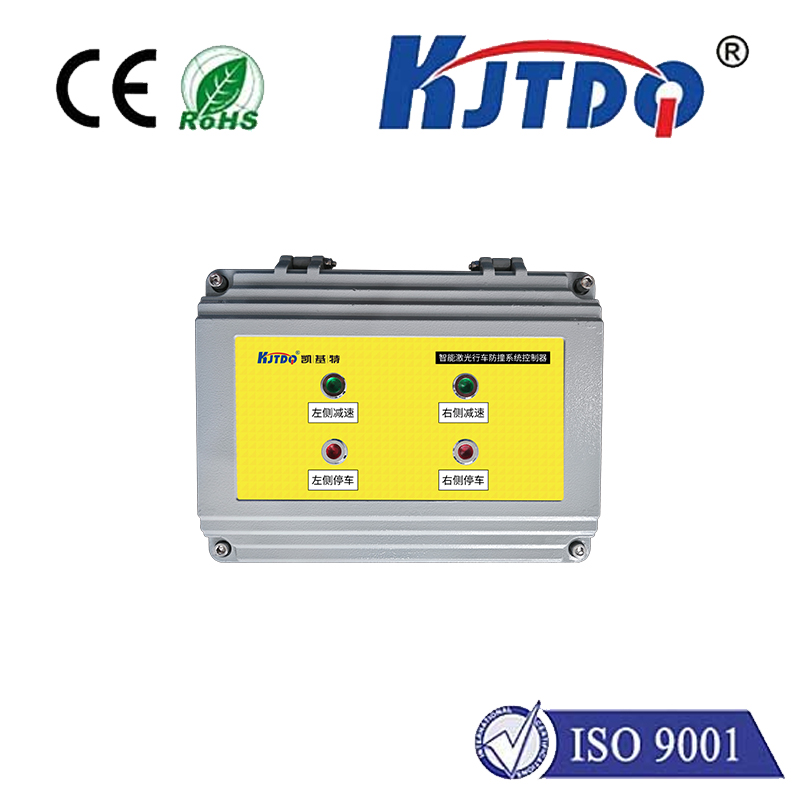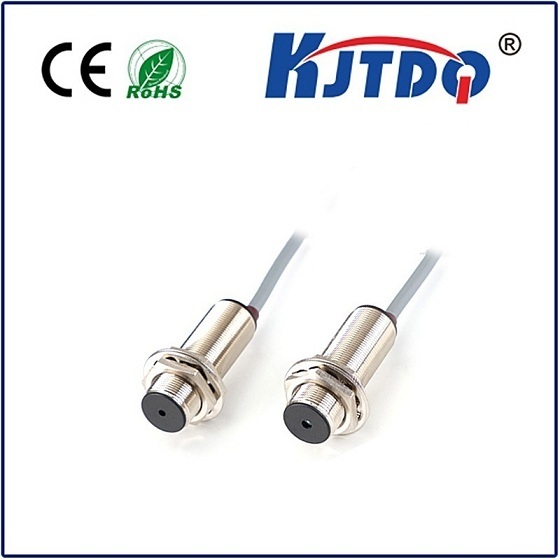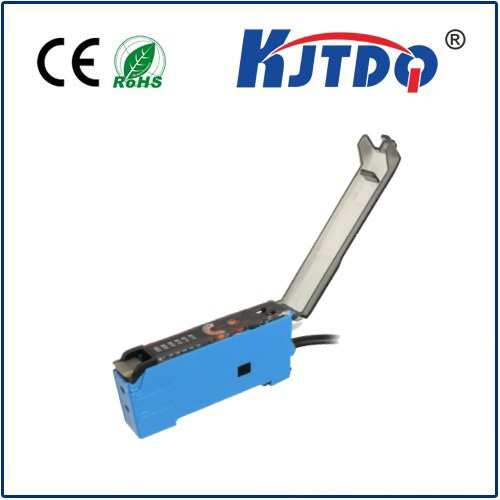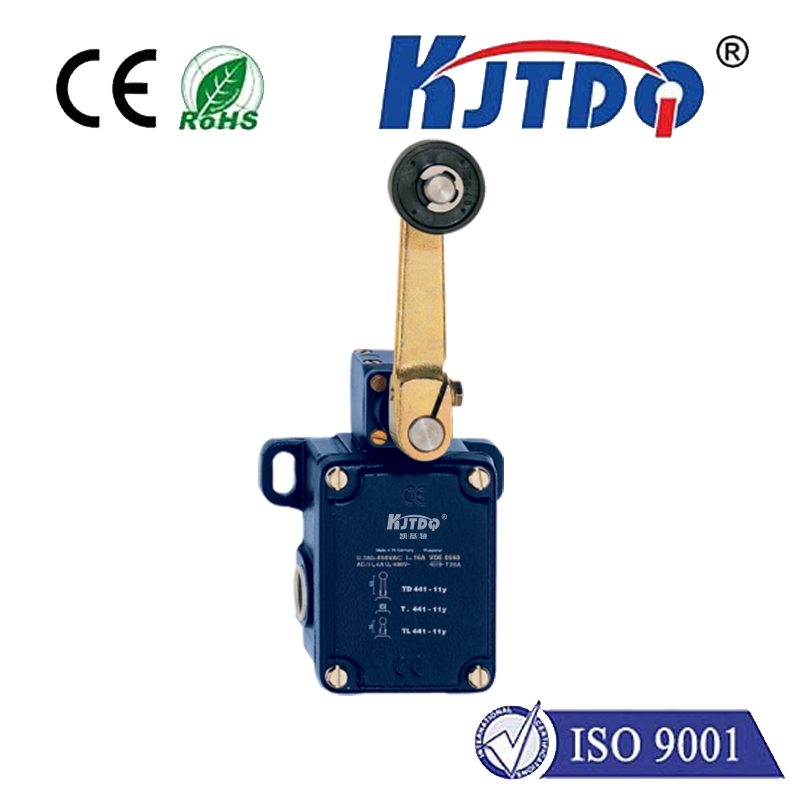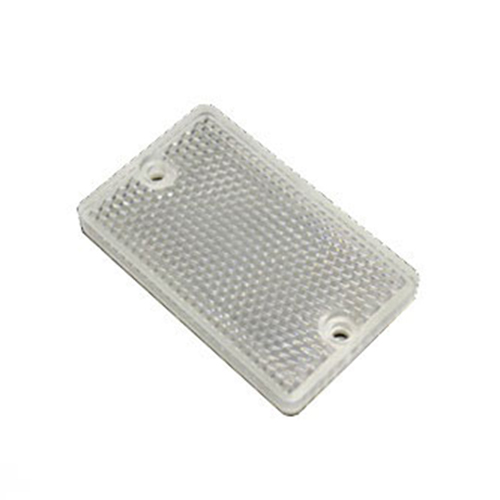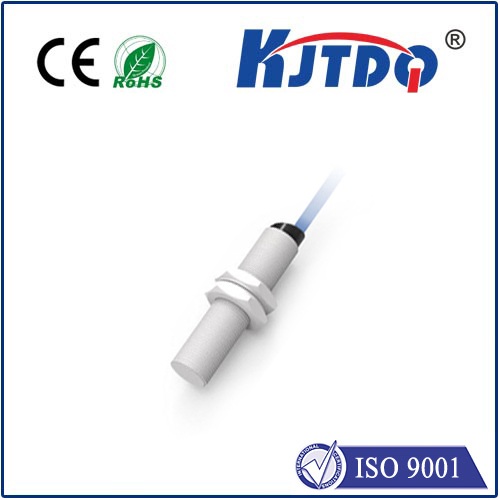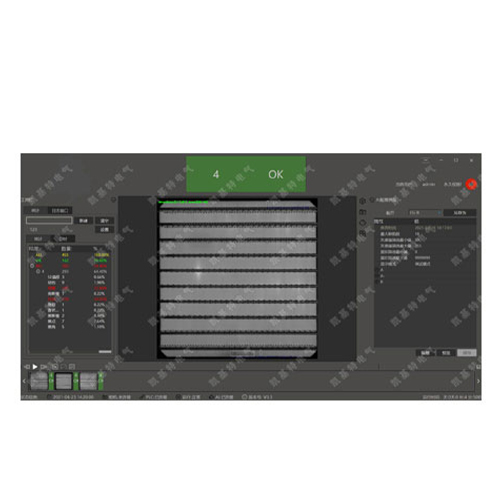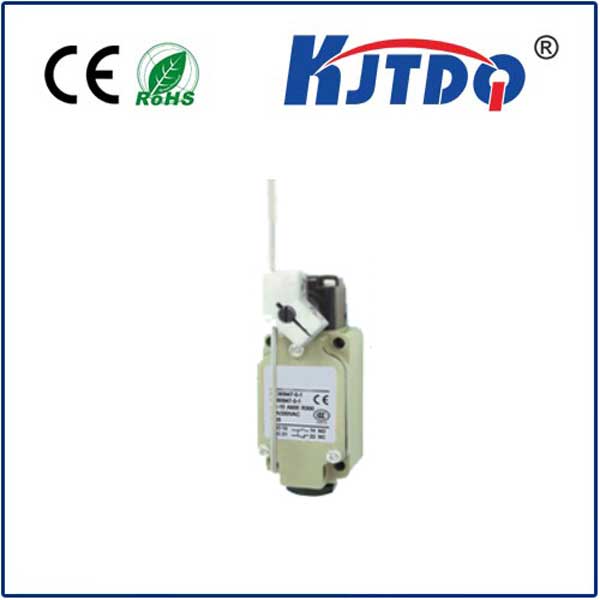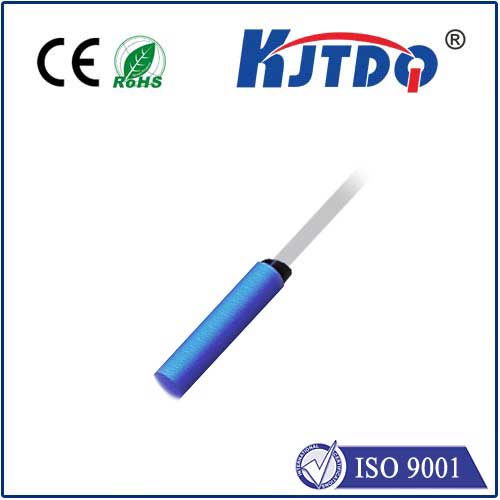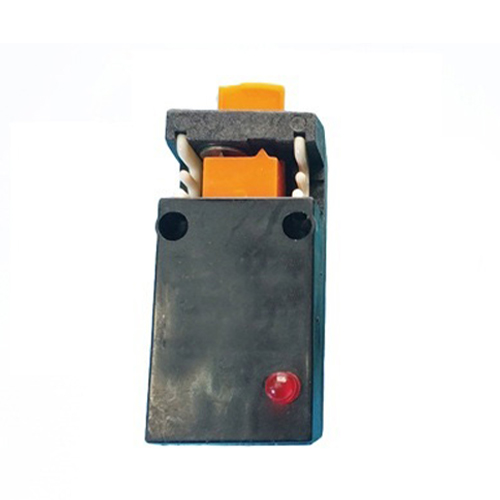ограничитель хода
- time:2025-08-02 02:21:19
- Нажмите:0
Travel Limit Switches: The Essential Guardians of Machinery Motion Control
In the complex ballet of modern automation, where robotic arms pivot, conveyors surge, and elevators glide, unseen components work tirelessly to prevent chaos. Among these unsung heroes are travel limit switches, fundamental devices critical for ensuring machine safety, operational precision, and preventing costly damage. Far more than just a “stop” signal, these mechanical sentinels define the boundaries of safe movement, making them indispensable across countless industrial and commercial applications.
So, What Exactly is a Travel Limit Switch?
At its core, a ограничитель хода is a simple yet brilliant electromechanical device. Its primary function is to detect the presence or absence of an object (like a machine part, carriage, or door) or to monitor its positional limits along a predefined path of travel. Think of it as a highly reliable traffic light embedded directly within the machinery’s movement.
Visually, most limit switches feature a rugged housing protecting the internal electrical contacts. The “switch” is typically activated by an external actuator – a lever arm, roller, plunger, or whisker protruding from the housing. When the moving part of the machine physically contacts and depresses or moves this actuator, it triggers the internal mechanism to change the state of its electrical contacts. This change sends a critical signal to the machine’s control system (like a PLC - Programmable Logic Controller).
The Critical Role: Why They Matter Immensely
The implications of a travel limit switch failing or being absent are severe. Their functions are paramount:

- Defining Safe Operating Zones: This is fundamental. Limit switches establish the physical boundaries beyond which a moving part should never travel. For example, on a large gantry crane, limit switches at each end of the track prevent the crane from crashing into the support structure or running off the rails entirely. This is safety-critical over-travel protection.
- Preventing Overload and Damage: Exceeding mechanical limits often leads to catastrophic failures. Limit switches act as a final safeguard, cutting power or reversing motion before belts snap, gears strip, cylinders over-extend, or motors burn out from stalling. They are essential protection mechanisms.
- Enabling Precise Positioning: While sensors might handle fine positioning, limit switches often provide reliable coarse positioning or “home position” signals. For instance, they can tell an automated guided vehicle (AGV) it has fully docked at a station or tell a robotic arm it has returned to its safe starting point. This aids in sequence control.
- Triggering Sequence Changes: Their activation can initiate the next step in a machine cycle. A limit switch detecting a part reaching a specific station might signal a welding head to descend, a clamp to activate, or a conveyor to start. They are vital control inputs.
- Enhancing Personnel Safety: In safeguarding applications, limit switches on safety gates or guards ensure machinery cannot operate dangerously while personnel have access, providing operator safety assurance.
Understanding the Mechanics: Common Actuation Types
Travel limit switches employ various actuator designs, chosen based on application demands like required force, mounting position, and environmental conditions:
- Lever-Actuated (Roller or Wobble): A pivoting arm (often with a roller tip) is deflected by the target object. Ideal for applications needing to detect objects moving parallel to the switch face. Rollers minimize friction. These are perhaps the most recognizable type.
- Plunger (Push Rod): A spring-loaded rod is depressed straight into the switch body. Suitable for detecting objects moving directly towards the switch face or where space for a lever is limited. Offers precise actuation point.
- Rotary (Cam Operated): Often used to limit the rotation of shafts or cams. The switch actuator is triggered by a rotating profile.
- Whisker (Flexible Rod): A thin, flexible rod detects objects with very light force or where a delicate touch is needed. Common in packaging or material handling with fragile items.
- Forked Lever: Designed to detect the presence of objects passing between the fork’s arms.
The internal switching mechanism can be various types (snap-action being very common for reliability), providing either Normally Open (NO), Normally Closed (NC), or changeover (SPDT) contact configurations. Рейтинг контактов (voltage and current) is a critical selection factor.
Where You’ll Find Them: Ubiquitous Applications
Travel limit switches are truly everywhere automation exists:
- Перевозка материалов: Cranes, hoists, elevators, automated storage/retrieval systems (AS/RS), conveyor positioning.
- Robotics: Defining robot arm joint limits, end-of-travel positions, tool change verification.
- Станки: Protecting milling machine axes (X, Y, Z limits), lathe spindle limits, tool changer positions.
- Packaging Machinery: Positioning cartons, detecting case closers, controlling fill levels, conveyor indexing.
- Automotive Manufacturing: Door/trunk/hood position checks in assembly, weld gun positioning, press brake stroke limits.
- Process Control: Valve position indication (open/closed), damper control, large actuator positioning.
- HVAC Systems: Damper end position detection in large ventilation systems.
- Agricultural & Construction Equipment: Boom positioning, seat safety interlocks, stabilizer positions.
Selecting the Right Switch: Key Considerations
Choosing the optimal travel limit switch involves careful evaluation:
- Operating Environment: Will it face extreme temperatures, moisture, dust, corrosive chemicals, explosive atmospheres (requiring hazardous location ratings), or heavy impact potential? The IP rating (Ingress Protection) is crucial (e.g., IP65, IP67).
- Actuation Force & Method: How much force is available to trigger the switch? What direction does the target approach from? This determines the actuator type (lever, plunger, etc.) and required operating force.
- Electrical Requirements: Voltage (AC/DC), current rating (amperage) of the load the switch needs to control, required contact configuration (NO, NC, SPDT).
- Repeat Accuracy: How precisely and consistently does the switch actuate at the same point every time? Critical for positioning tasks.
- Mechanical Life Expectancy: How many operating cycles (activations) must the switch reliably withstand? Heavy-duty industrial switches often exceed millions of cycles.
- Mounting: How and where can the switch be physically secured? Are brackets required?
- Actuator Adjustment: Some levers offer adjustable arm lengths or pre-travel settings for fine-tuning the activation point.
Installation and Maintenance: Ensuring Longevity and Reliability
Proper installation and periodic checks are vital:
- Secure Mounting: Ensure the switch is rigidly fixed. Vibration can cause misalignment or false signals. Use robust brackets if necessary.
- Actuator Alignment: The actuator must engage squarely with the target machine part (“dog” or “flag”) at the precise point needed for reliable position detection. Misalignment accelerates wear and causes unreliable operation.
- Avoid Over-Travel: The actuator should not be forced beyond its designed mechanical limit after triggering. Use sturdy targets and proper mounting to prevent mechanical damage.
- Protect Wiring: Use conduit or protective sleeving where wiring is exposed to potential damage, abrasion, or fluids. Ensure connections are tight.
- Regular Inspection: Periodically check for:
- Loose mounting hardware.
- Physical damage to actuator, housing, or wiring.
- Smooth, unhindered actuator movement (no binding).
- Accumulation of dirt, debris, or oil that could impair function.
- Signs of corrosion or electrical arcing.
- Functional Testing: Regularly verify that the switch activates correctly and sends the intended signal at the desired point by observing the machine’s control response or using test equipment.
The Undeniable Value Proposition
While newer

